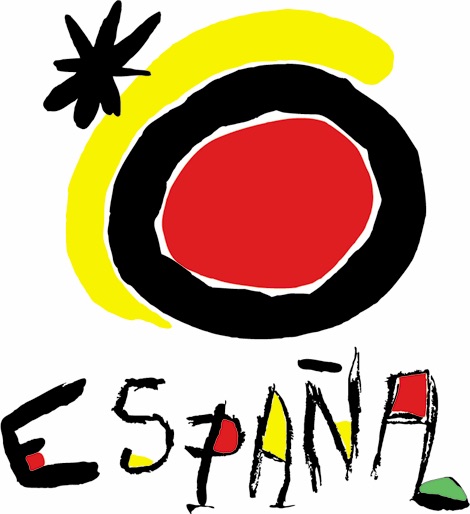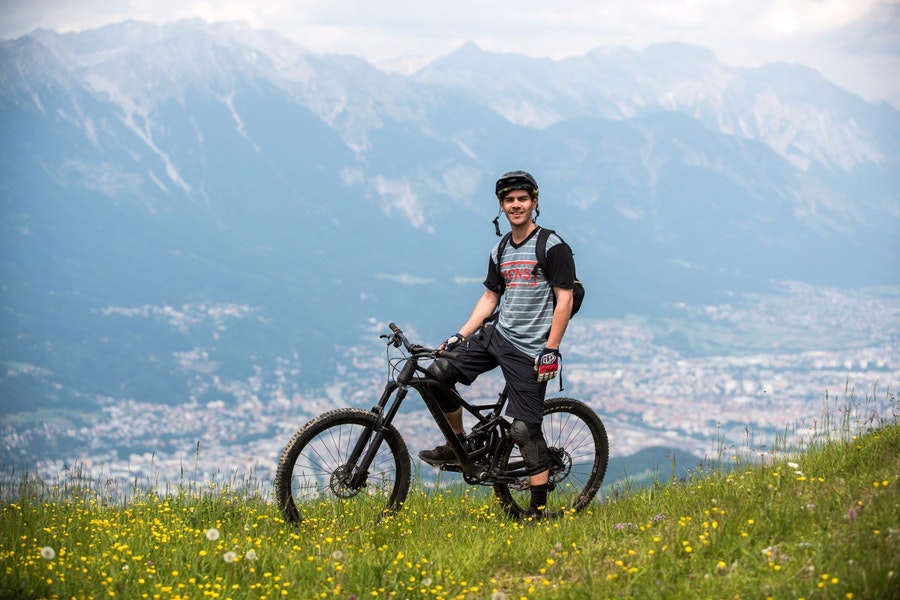Ask a stranger what they know about Spain and, once they’ve recovered from the shock of receiving a random question from a passing cyclist, they’ll probably tell you about white, sandy beaches, beautiful coastlines, endless sunshine, bustling cities home to tasty tapas and a distinctive culture – from fiestas and football, to flamenco dancing and festivals.
Ask a cyclist what they know about Spain and, if they’ve been doing their homework, they’ll tell you a different story.
They’ll tell you about the smooth tarmac that makes Majorca one of the best road cycling spots in the world, about the boom in mountain biking on the Basque Coast and in the respective mountains easily reachable from Málaga or Madrid, and about the gravel trails gaining traction on the rugged roads up Spain’s Sierra Nevada natural park – where you’ll find the highest mountains in the country. Oh, and they’ll probably mention the Vuelta, of course.
Spain is a country that has more than a little bit of riding for everyone, no matter what your favoured discipline is, or your preferred terrain. All that, and we’ve not even mentioned the wine yet. Here are nine must-ride locations in Spain for road cyclists, mountain bikers and gravel riders.
1. Road cycling in Majorca: Ride to the Cap de Formentor lighthouse
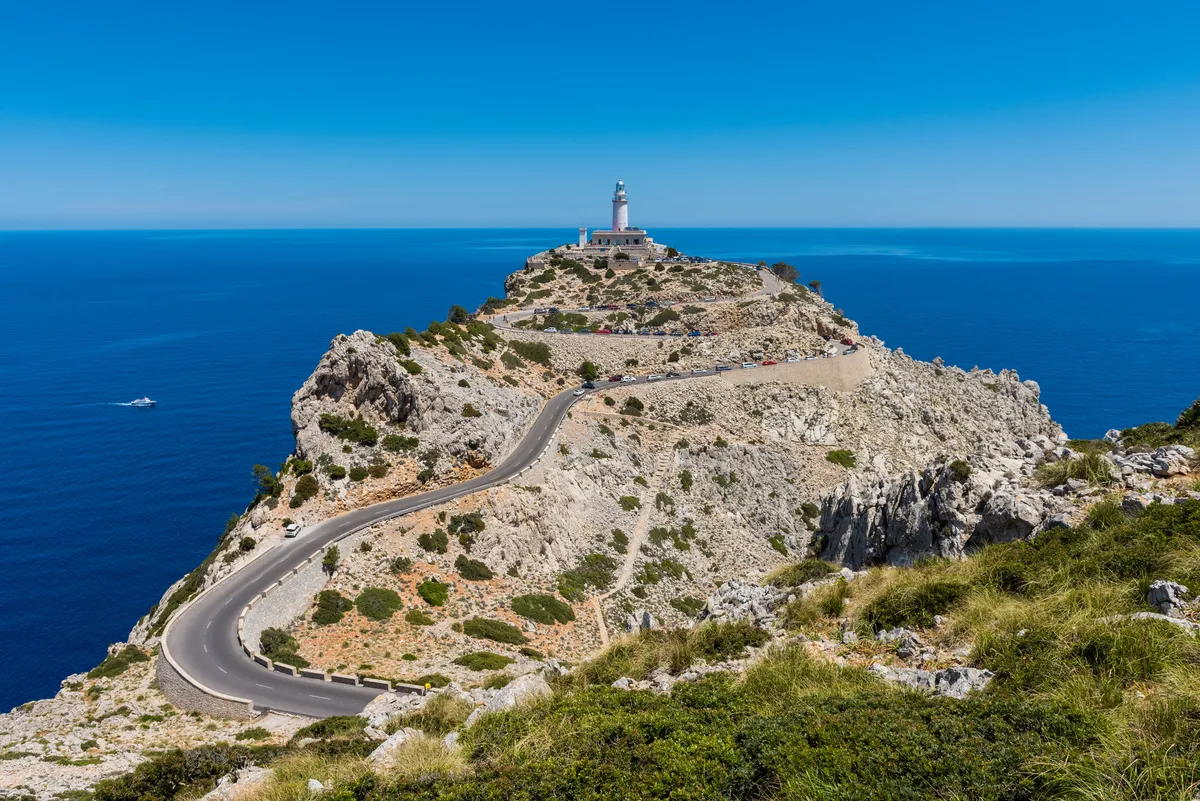
It’s no secret that Majorca is a road cycling mecca. Most of the professional peloton have sweated out a training camp on the sunny Spanish island, and it’s become a hotspot for amateur riders too, thanks to the sun-drenched weather, silky-smooth roads and mountainous terrain.
Choosing just one route in Majorca isn’t easy. The 9.5km ascent of the stunning Sa Calobra is perhaps the most iconic climb on the island, weaving and winding its way up the rugged, rocky mountainside from the Mediterranean Sea, while the route up the Puig Major climb, the highest road on the mountain, will really get the legs pumping too.
The Cap de Formentor is our pick of the bunch though. The 40km out-and-back ride from Port de Pollença takes riders to the very end of the Formentor peninsula, with the lighthouse perched on the edge of the cliff on the northern tip of Majorca.
The ride may not be quite as intense as the Sa Calobra climb, but it’s certainly not flat either. Expect around 1,000m of climbing and some seriously dramatic coastal views as the road constantly rises and falls, flanked by rocky cliffs and the sparkling blue of the Med.
2. Gravel riding in Girona: Ride to L’Escala and the Mediterranean Sea
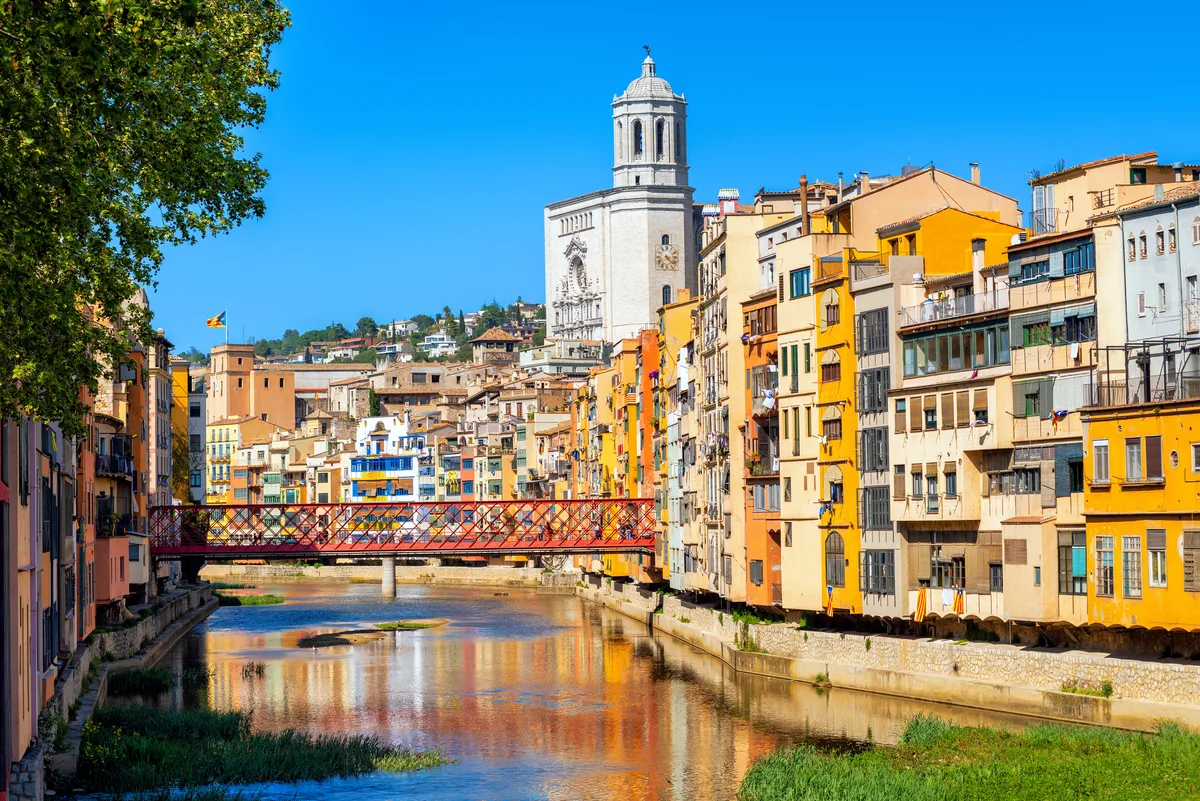
Girona is a historic city in Catalonia with a beautiful old town. The colourful Eiffel Bridge carries residents over the Onyar River and a remarkably well-preserved Jewish quarter, with narrow stone walkways, offers real architectural pedigree. The city is also a favourite among cyclists, with dozens of pros choosing to call Girona home thanks to the superb riding surrounding the city.
If you’ve heard of the city as a cyclist, then you’ll have heard of the infamous Rocacorba – a climb on the edge of town used as a testing and training ground by pros. It ascends nearly 10km at an average gradient of 7 per cent.
The boom in gravel riding in recent years has highlighted a whole new side to Girona, though. To see the best of the region, head out of town to the north. You’ll hit gravel pretty quickly, and can more or less ride the rough stuff, via historic medieval towns like Monells and Bellcaire d'Empordà, all the way to the Mediterranean Sea.
The route to L’Escala, a fisherman’s town on the Costa Brava renowned for its tasty anchovies, is around 50 miles one way, but without many dramatic hills it’s a pretty cruisy ride on fast gravel.
To add gravel climbs to your ride, simply leave for L’Escala from the southeast of the city rather than the north and you’ll soon find your way to the mountains of the Las Gavarres nature reserve.
3. Mountain biking in the Basque Country: Ride the coast of San Sebastian
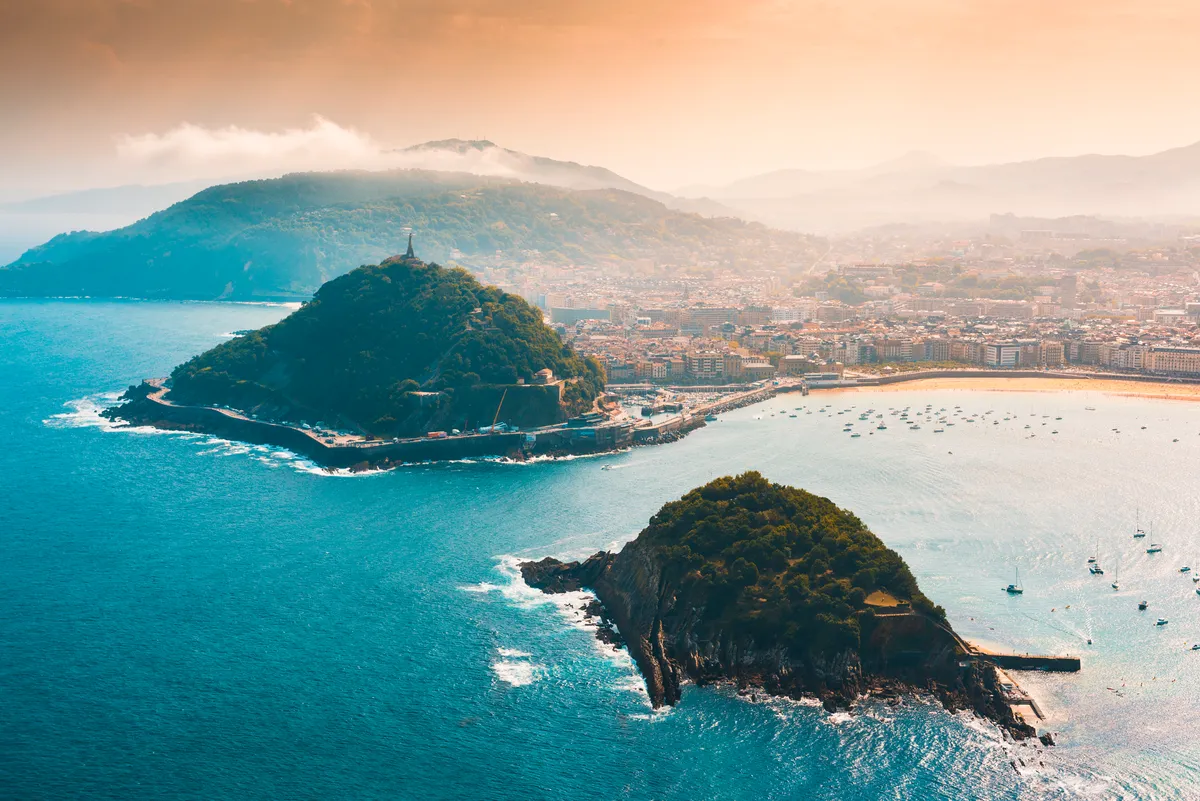
Mountain biking in the Basque Country can mean anything from high-mountain lines in the Pyrenees to riding the hills and hard-cut rocks of the coastline. While there’s plenty to be said for the former, with myriad trails criss-crossing the border between Spain and France, we’re focusing on the latter.
The mountain bike trails on the Basque Coast may be some of the most underrated in Europe, thanks to the sheer diversity of riding options.
You can sail across stunning ridgelines in the Basque Mountains with far-stretching views to San Sebastian and the Bay of Biscay on one side, and back out over rolling peaks on the other. Or you can be riding forest singletrack in the morning, tackling roots, rock and dirt, and then be on ocean-side coastal trails in the afternoon, where green grass mixes with rock gardens and Moab-like slabs. And you’re only ever a stone’s throw from the Atlantic.
To make the most of it, you’re going to want a guide – not just for the expertise, but also the uplifts.
4. Road cycling in Galicia: Climb to the Cabeza de Manzaneda
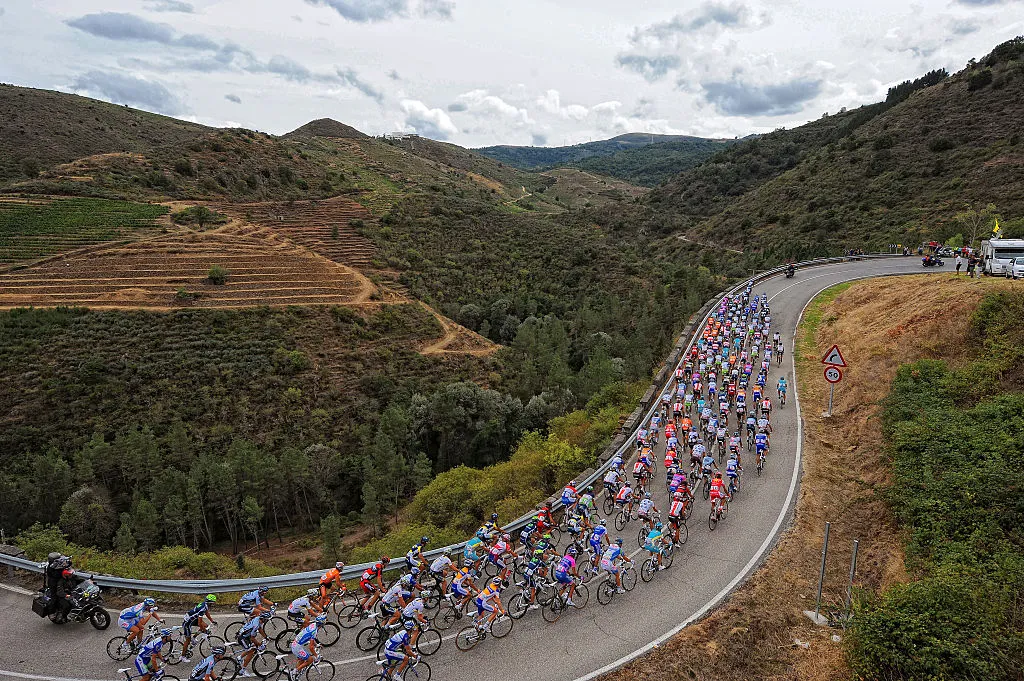
Galicia is in the northwest of Spain, best known for the cliffs of Cape Finisterre, which the Romans thought were the end of the world, and the cathedral in Santiago de Compostela, the finishing point for the world-famous Camino de Santiago pilgrimage route.
The jagged coastline is stunning here but look further inland and you’ll find mountains. The highest point is the Cabeza de Manzaneda at 1,751m, and there’s a tarmacked road that will take you right to the top.
Starting from the Bibei River you'll climb 30.5km and 1,448m on an average gradient of 4.8 per cent. This is no mean feat, but the views from the top, where you’ll find the peak of a ski resort, are sensational.

The Ribeira Sacra is nearby and, as well as being home to some mighty fine winemaking, is where you can find the River Sil Canyon, a jaw-dropping natural phenomenon. Find the famous viewpoint of a switchback in the river and you’ll be convinced the place was made for cyclists.
Back by the Atlantic Ocean, you can combine ascents of Santa Trega and Monte da Groba, and ride the remarkable roads of the region, which has one of the most dramatic stretches of coastline in Europe. The Vuelta is no stranger to Galicia either, and the 2021 race will finish with an individual time trial in Santiago de Compostela.
That’s enough to keep any cyclists occupied. Just promise us you’ll try the Galician pulpo before you leave – a delicious delicacy of tender octopus topped with oil, paprika and salt.
5. Mountain biking in Málaga: Ride The Ridiculator trail
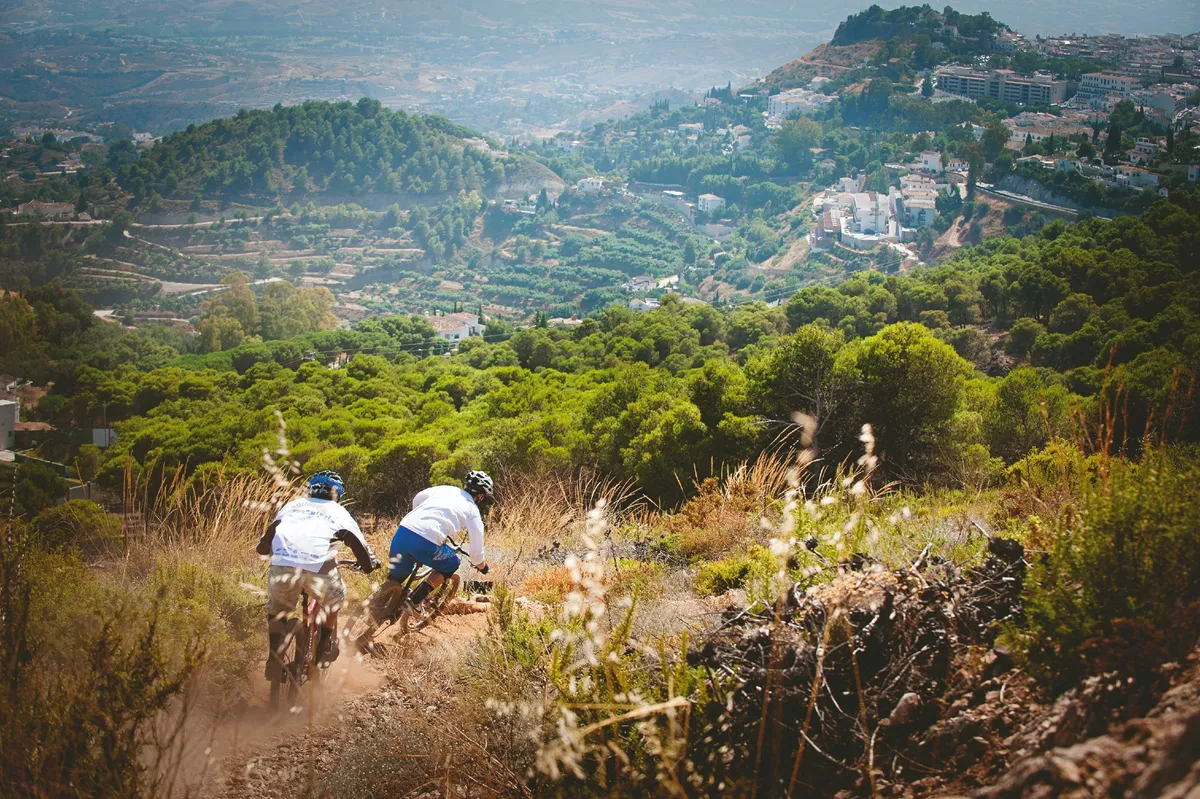
When most people think of Málaga they picture beaches, maybe a Picasso painting or two, a glass of wine, and the laid-back good life of the Costa del Sol. That’s all spot on, but there’s also another side to Málaga in the nearby Montes de Málaga that backdrop the city.
What’s particularly great about Málaga’s local mountains is that they’re just that – truly local. You only need to ride 5km out of the city to get into the hills, and you can get a decent loop from the city centre if you’re prepared to give it about 30 miles, four hours and a lot of leg power.
Alternatively, you can take advantage of one of the many local guides to get an uplift and show you around Málaga’s best mountain trails.
They’ll be able to take you to The Ridiculator Trail, which drops around 800m in the space of five to 10 minutes. Narrow, natural, fast and furiously bumpy, it’s everything that’s fun about mountain biking.
Accessed via a fire road, the route drops down onto gravel, and flows beautifully through a series of switchbacks. With opt-outs for jumps or technical rock features, the trail is readily available for all levels.
6. Gravel riding in Sierra Nevada: Climb the Sierra de Lújar
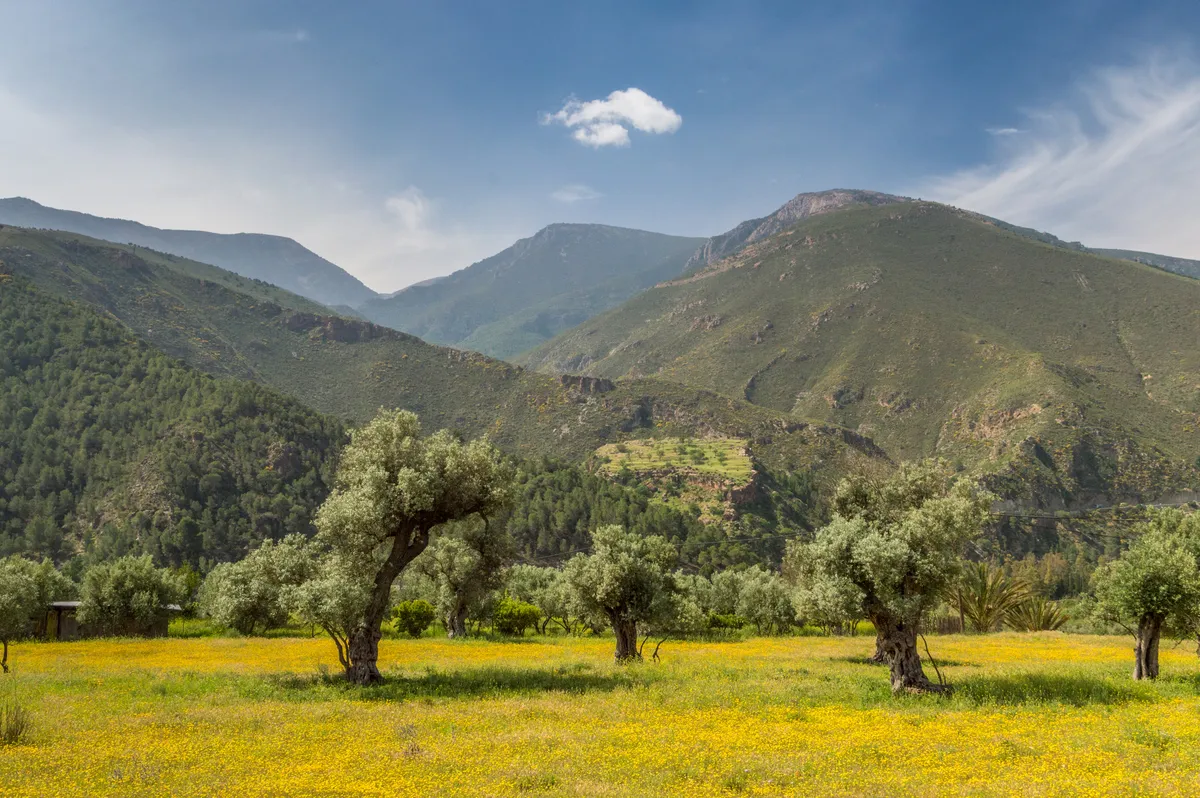
The mountains of the Sierra Nevadas in Andalucia are like nothing else you’ll find in Spain.
Picture yourself riding on dusty gravel roads with desert on either side and high-rising, snow-peaked mountains drawing ever closer before you. These are the highest mountains in Spain; rugged, rocky and desolate.

Climb the Sierra de Lújar from Órgiva and you’re in for a hell of an adventure on a steep, rough track just a couple of metres wide. The antennas at the top are your goal, and when you get there, having battled for 28km to 1,800m, on an average 6 per cent gradient, you’ll have the chance to catch your breath and watch as the Sierra Nevada mountains layer into the distance and fade away at sunset.
The region has plenty more gravel riding through Andalucia’s remote background, and don’t miss the opportunity to climb the highest paved road in Europe, with the road to the summit of the Pico del Veleta climbing to 3,380m.
7. Road cycling on Costa Blanca: Calpe to Cumbre del Sol
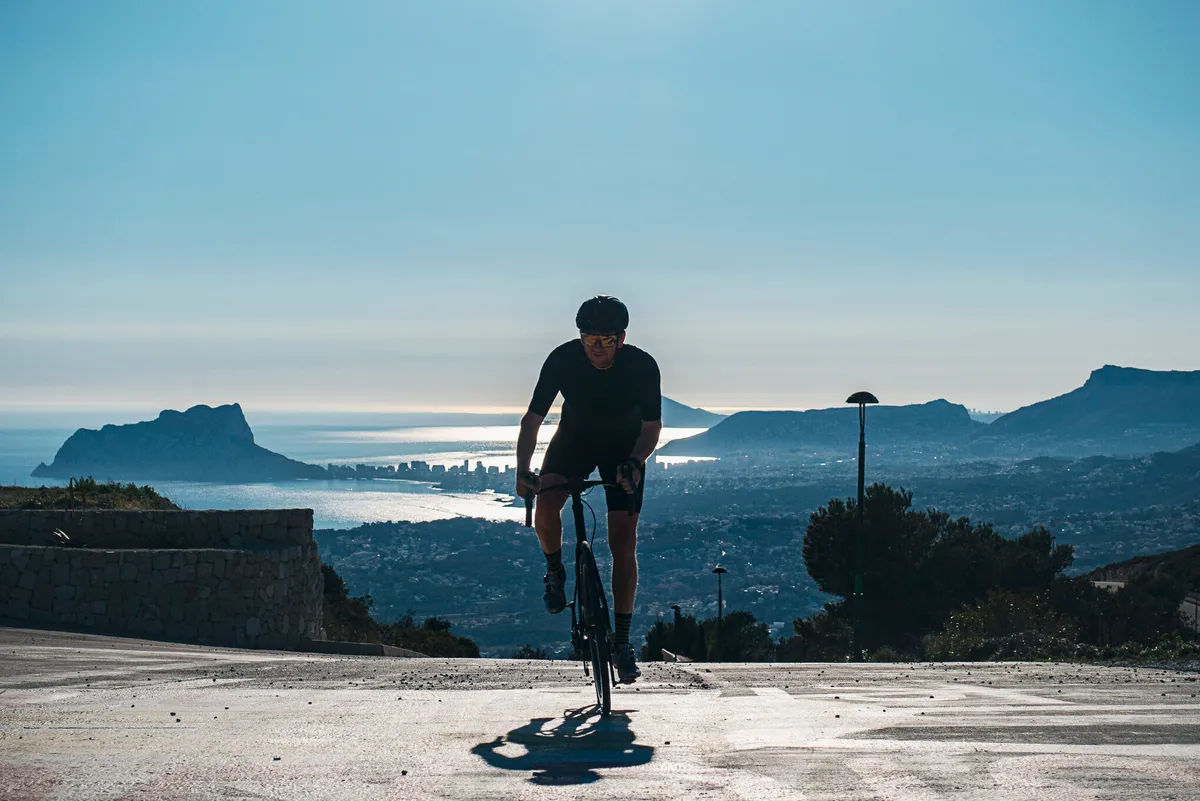
Not to be confused with the Costa Brava in the north, you’ll find the Costa Blanca's beaches, castle ruins and turquoise water in Alicante province, in eastern Spain’s Valencia region. The coast is best known for its cities – Benidorm, backdropped by Puig Campana, and Alicante, where medieval mixes with modernity.
Costa Blanca makes frequent appearances in the Vuelta a España, and Calpe, a town on the coast, is a regular spot for winter training camps.
The ascent of Cumbre del Sol, north of Calpe, is a fantastic challenge for road cyclists. It's around 20km from Calpe and, make no mistake, this gets steep. The 4.7km climb has sections over 15 per cent and a climb that has got the likes of Alejandro Valverde and Chris Froome blinking in the past, having featured in the Vuelta.
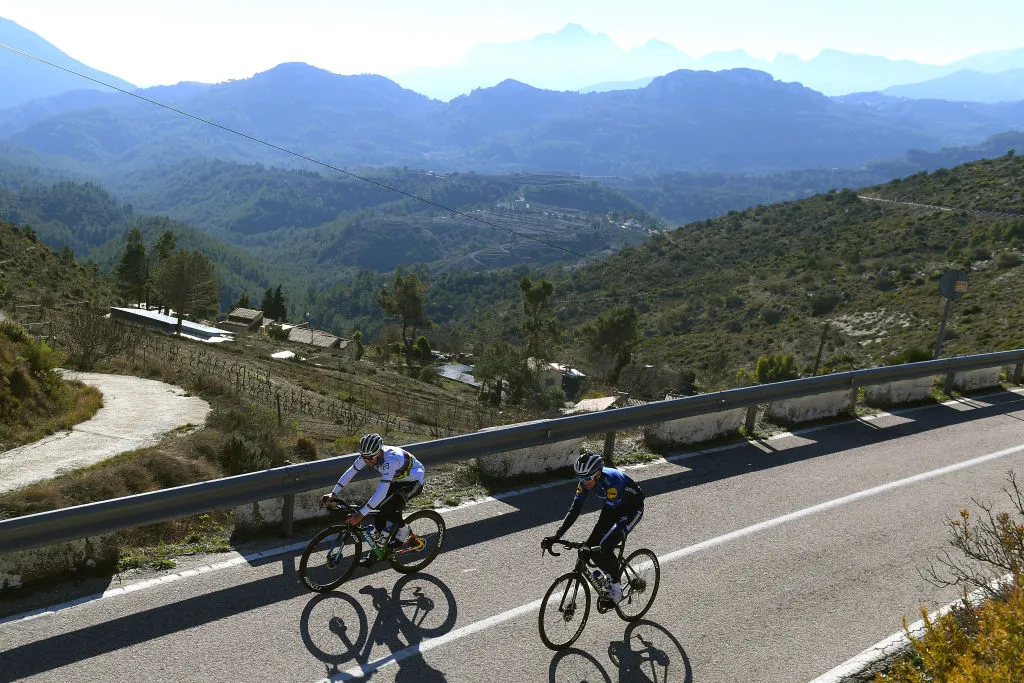
If you can struggle up it, it’s a great climb to base a loop around and the steepest in the area. If climbing is your thing, also make sure you check out the Coll de Rates, one of the Costa Blanca’s most iconic climbs, following a road that hugs the mountainside and offers panoramic views of the Mediterranean.
And if you’d rather avoid it? It’s really not hard to put together a great route on the Costa Blanca, from rolling coastal roads to the mountains inland, and there are plenty of beaches for recovery.
8. Mountain biking in Sierra de Hoyo de Manzanares (Madrid): The Rompepiernas Trail
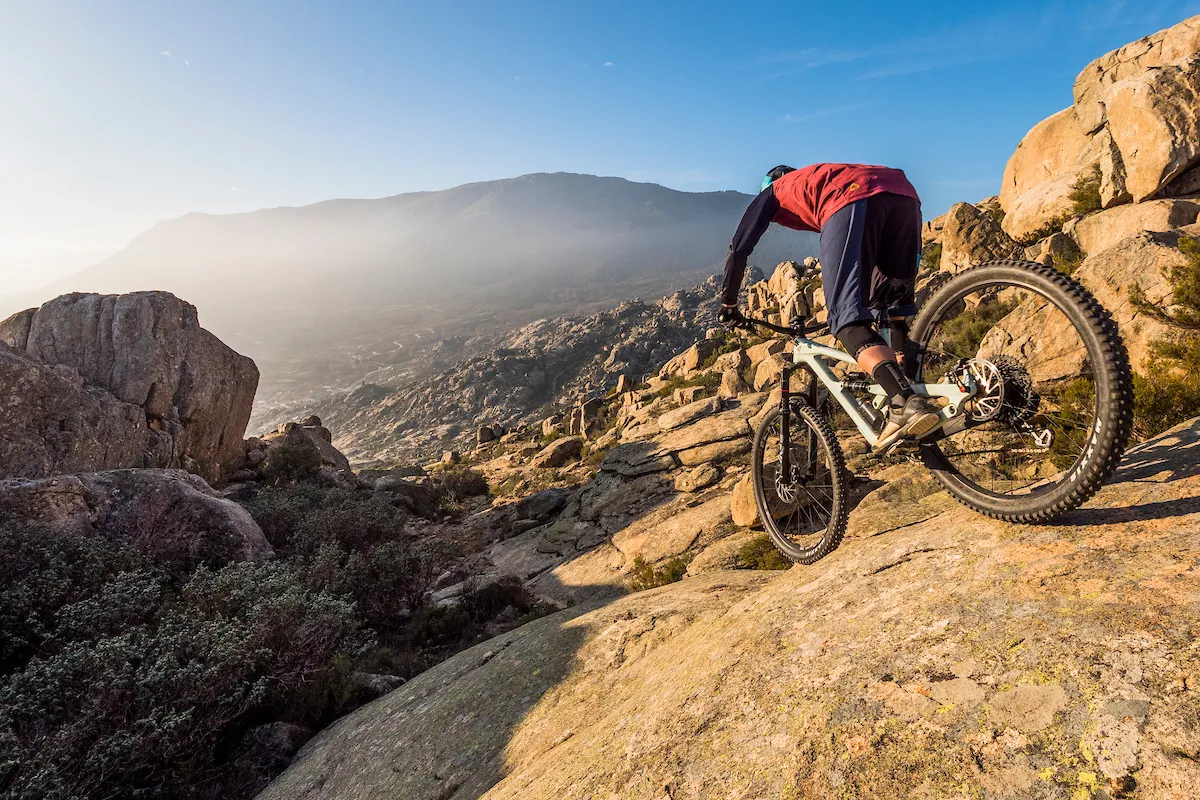
There are few capital cities in the world that offer world-class mountain biking within an hour’s reach, but Madrid – unbeknown to many – is one of them.
It’s comfortably under an hour’s drive from the capital city to Hoyo de Manzanares, 40km away, where you’ll swear you’re riding in the deserts of Utah (or, perhaps, on the moon) rather than the backcountry of Madrid.

The big pull is the landscape made up of trees, dry, dusty terrain and an abundance of granite rocks – some huge, many small, and most usually clustered together to make for a whole heap of fun enduro-style trails, with jumps and technical riding galore.
Find the Rompepiernas trail and you'll taste plenty of the region’s signature bedrocks.
The Sierra de Hoyo de Manzanares are particularly good for those who like baggy shorts, full-face helmets and airtime, though there are forest dirt lines and flow trails when you want to mix things up, too, and great guides in the area to show you the best riding.
